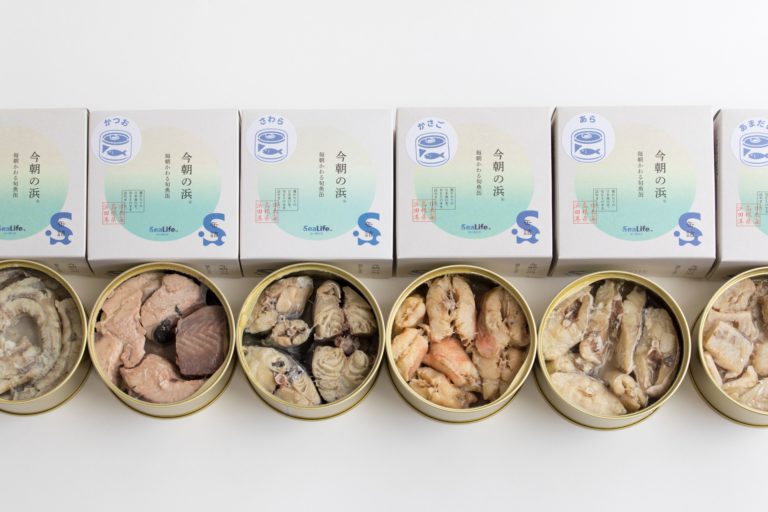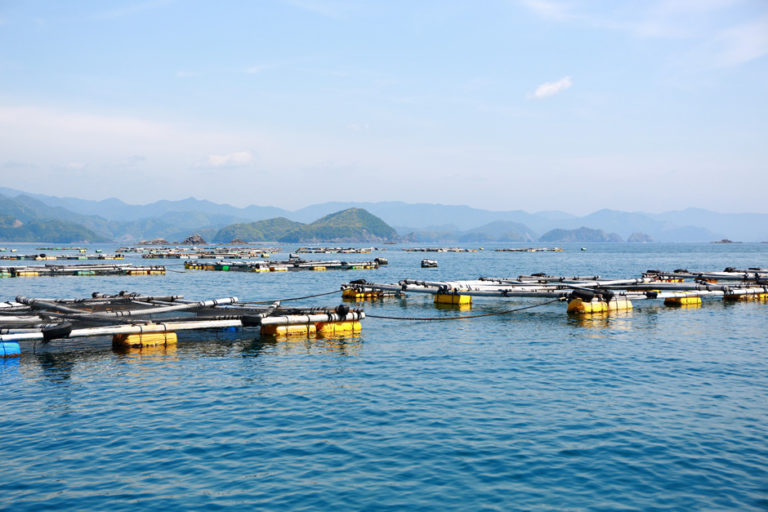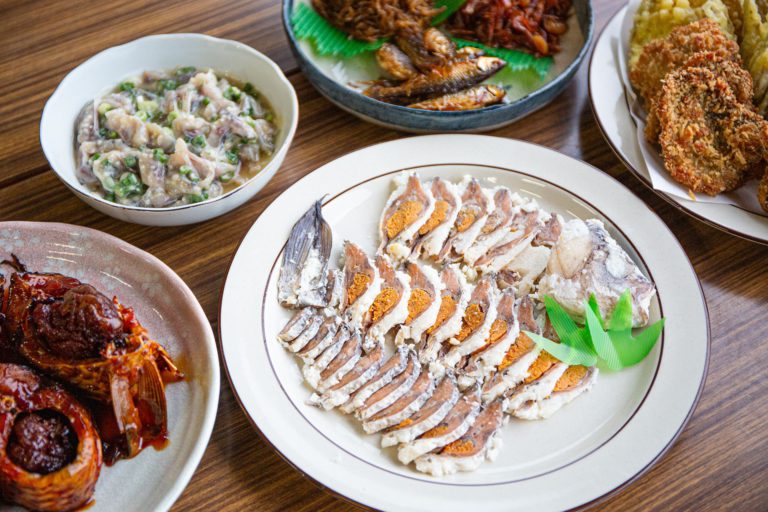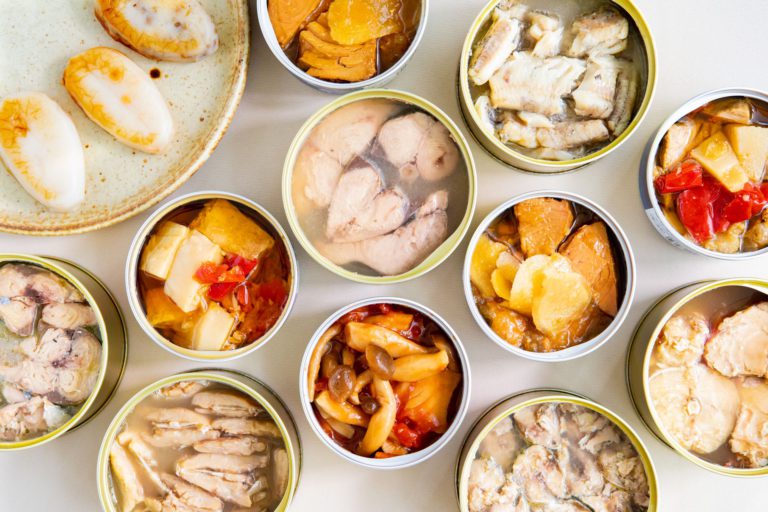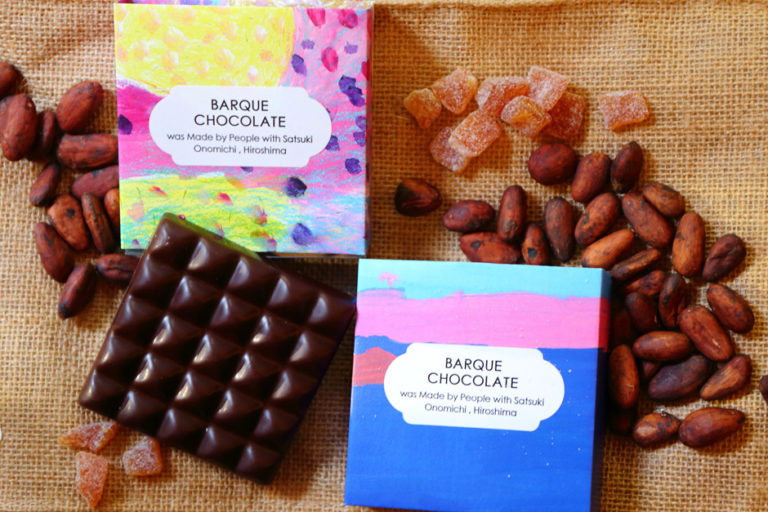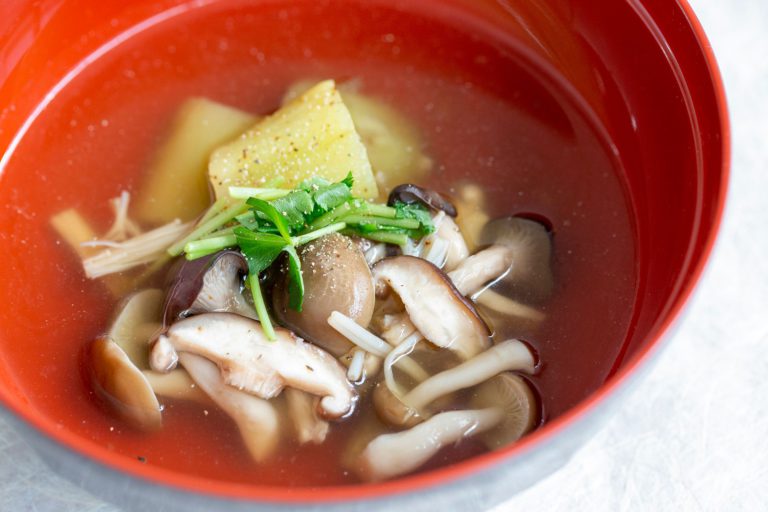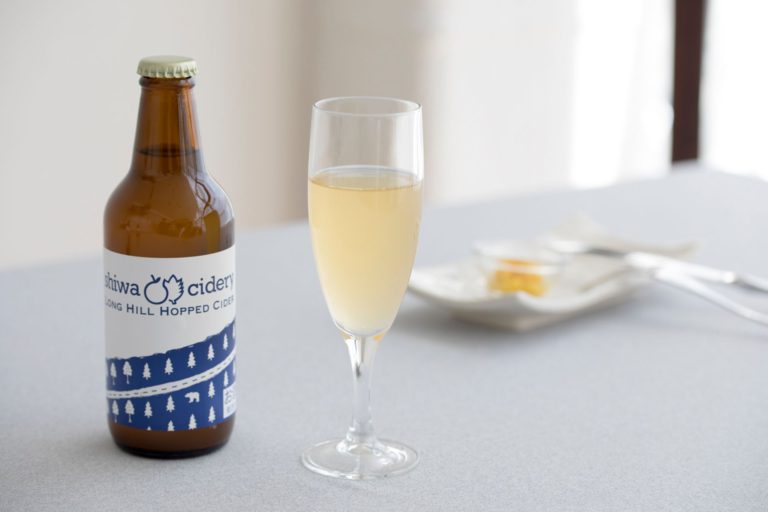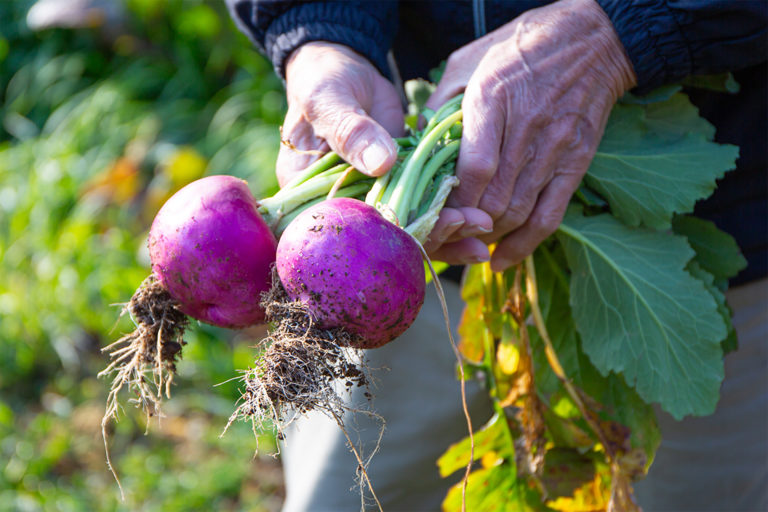The Blue Seafood Guide: Ocean-Friendly Sustainable Seafood
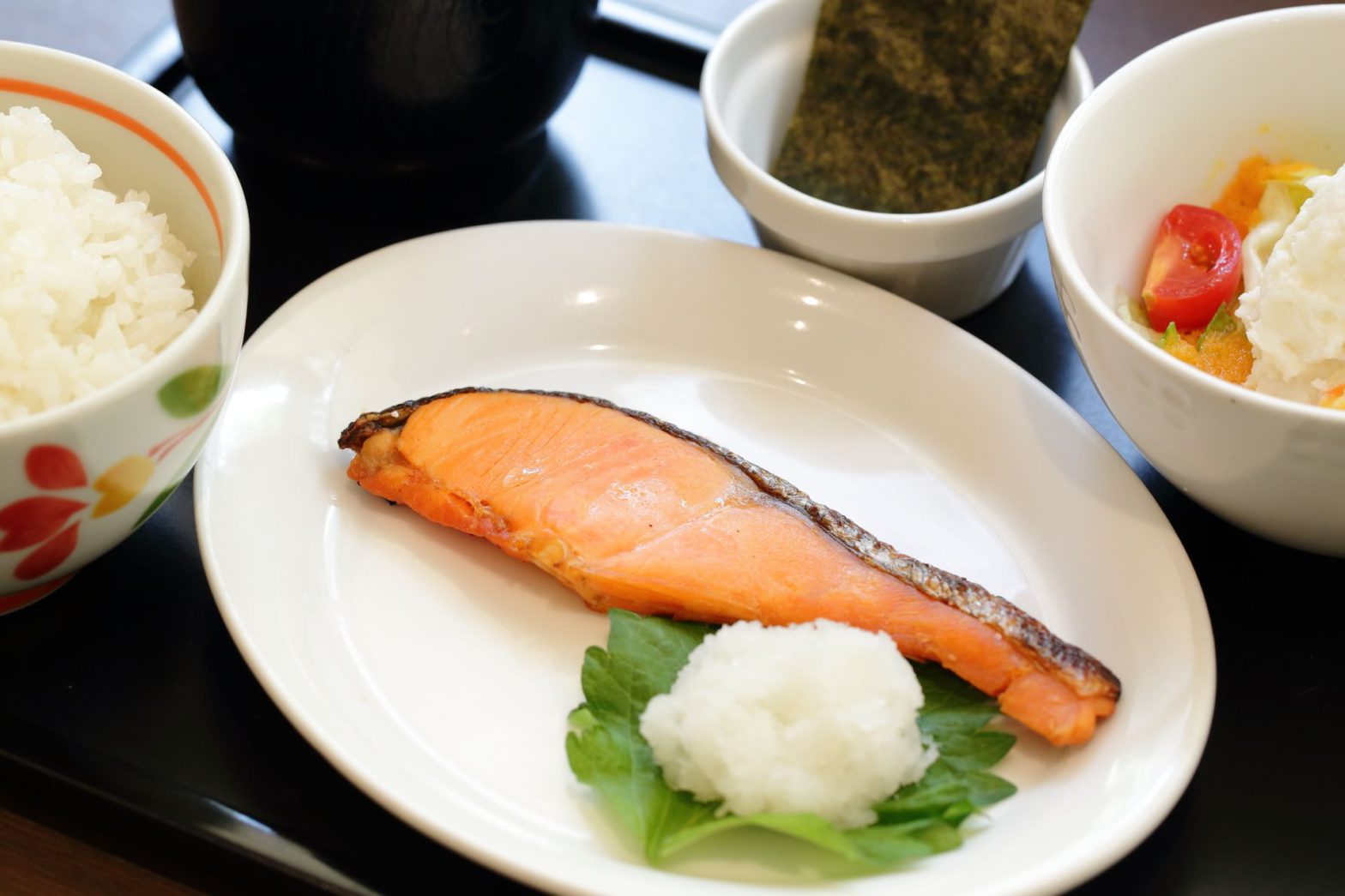
Choose What to Eat, Rather Than What to Avoid
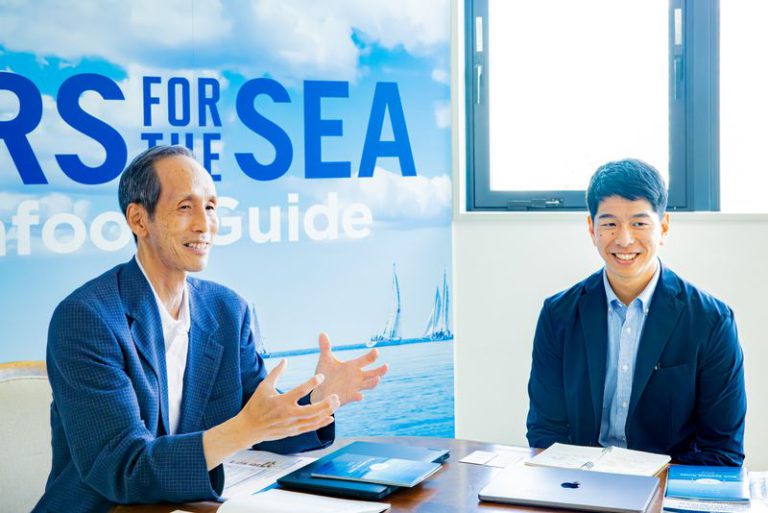
With the slogan “Tasty, Fun, Sustainable,” the Blue Seafood Guide is a list of seafood evaluated and selected by Sailors for the Sea to be safe to eat without threatening marine resources. This enables people to protect the oceans by actively choosing what to eat. The seafood included in the list fulfill science-based criteria.
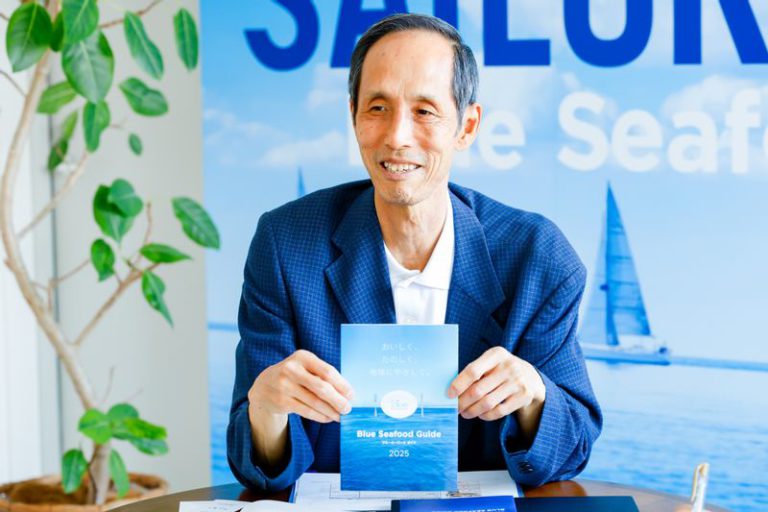
We spoke to Mr. Mizutani from Sailors for the Sea about the list. He said: “The abundant availability of resources is a fundamental criterion, but it is not the only important element. We evaluate whether there is an adequate availability of resources in the Blue Seafood Guide, but we also thoroughly evaluate other aspects such as the impact on the ecosystem and the management structure in the fishing industry.”
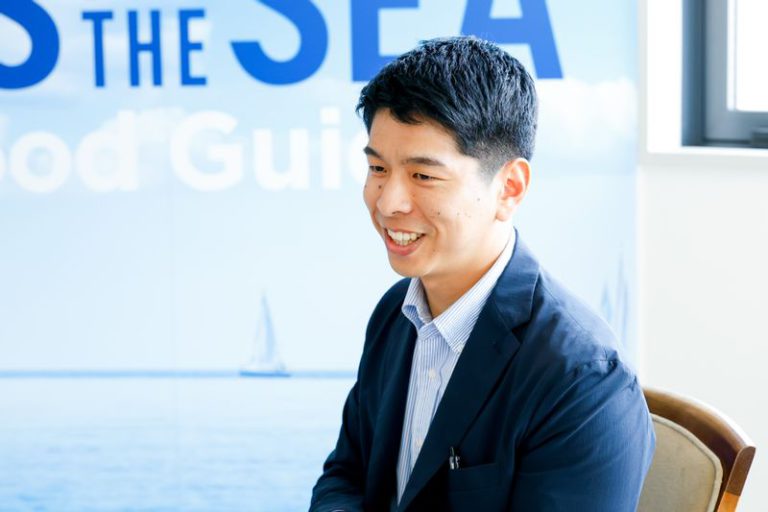
For example, one type of seafood may have adequate availability, but catching it with a trawl net may result in another type of rare fish being caught together with it. To preserve marine resources for the future, it is crucial to know who caught the fish, as well as the location and method employed. Mr. Hirokawa was involved in this project alongside Mr. Mizutani. He told us more about the fishing industry: “Japan’s seafood consumption is high compared to other countries around the globe, and it is also the world’s third largest importer of seafood. If Japan’s consumption changes, there will be a large impact on the world’s fishing industry.”
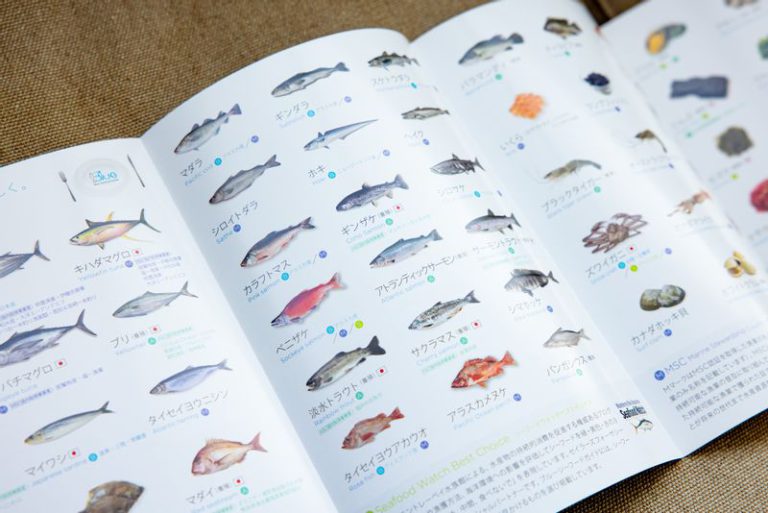
He added: “The ‘S’ mark in the list indicates the criteria from Seafood Watch published by the Monterey Bay Aquarium in America. The ‘M’ mark represents the Marine Stewardship Council (MSC) and the ‘A’ mark represents the Aquaculture Stewardship Council (ASC). These are international certification bodies that give fishing companies certification regarding fishing and farming. These organizations are very strict, and certification requires a significant amount of time and money. As such, only a small number of companies in Japan are aiming to get this certification at present. In light of this, we formulated our own criteria for Japan, and included a ‘B’ mark in the list (Blue Seafood Choice).”
Using the Blue Seafood Guide to Choose What to Eat
Sailors for the Sea is a non-government organization that was founded in 2004 in America and aims to improve the marine environment. Sailors for the Sea Japan publishes the Blue Seafood Guide, and carries out other activities such as running a program called Clean Regattas for environmentally friendly yacht races, as well as providing a free-of-charge curriculum called KELP for teaching children about the environment. It also serves an important role in policy proposals, such as by offering advice about revising laws related to fishing.

The version of the Blue Seafood Guide covering the whole of Japan was created in 2013. The SDGs did not yet exist at the time and Mr. Mizutani said it was hard to gain support even after publishing the guide.
“There are many organizations around the world that have marine resource guides with social recognition, but not in Japan. We started this project with an aim to create a guide ourselves. Currently, some 80 Blue Seafood Partners support us in this project.”
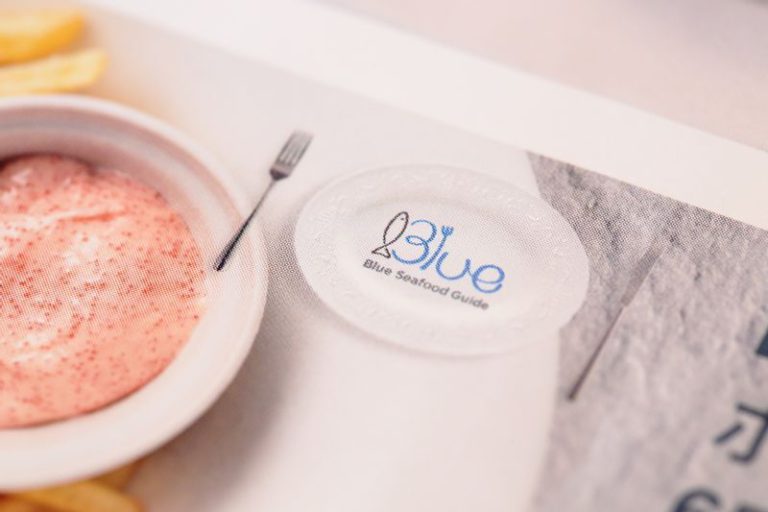
There is a diverse range of Blue Seafood Partners, from fishing companies to major food service chains, hotels, restaurants, school lunch companies, and seafood dealers. These organizations give preferential treatment to Blue Seafood when stocking ingredients, and thereby help spread the concept.
The Blue Seafood Guide is also published on the Sailors for the Sea website. Consumers can use the list to choose what seafood to eat. Skipjacks, scallops, and other species caught in Japan fulfill the criteria in the guide, so products that indicate their place of origin will pass in this case. Mr. Mizutani noted that it is still difficult to find certified companies, but he encourages people to look for the Blue Seafood Logo displayed at hotels, restaurants, and other locations operated by Blue Seafood Partners.
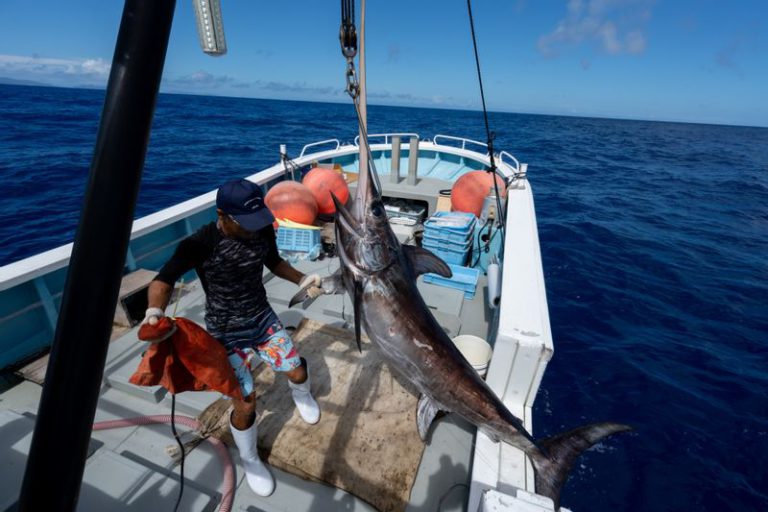
“The number of fish caught in Japan is currently less than half of what it was at its peak in 1984. However, giving a resting period to depleted marine resources allows them to recover. The Blue Seafood Guide does not tell people to avoid eating seafood. It is a positive initiative that encourages people to protect marine resources by actively choosing what to eat. I hope people will incorporate it into their lifestyles.”
Many Regional Versions of the Guide
The Blue Seafood Guide is supported by local municipalities as well as companies. Also, besides the version of the guide covering the whole of Japan, there are local Blue Seafood Guides being published in quick succession to highlight local specialties. A guide for Mie Prefecture was released in 2020, followed by one for Tokyo Metropolis in 2022, Hiroshima Prefecture in 2023, and Kyoto Prefecture in 2024. These regional versions not only help protect marine resources; they also serve as guides about recommended seafood from each area.
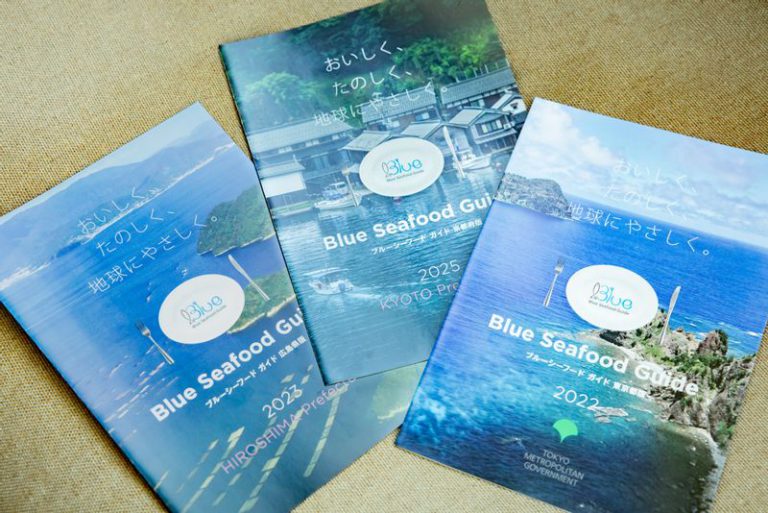
“By collaborating with governmental organizations related to fishing in each area, we can create guides based on fishing data specific to that area. In the future, we would like to create guides for every prefecture that faces the sea. I hope that everyone can use the Blue Seafood Guide so that all of our children and grandchildren can enjoy delicious sushi just like us.”
The next time you go shopping or eat seafood at a restaurant, why not try checking where it came from and whether it is sustainable?

